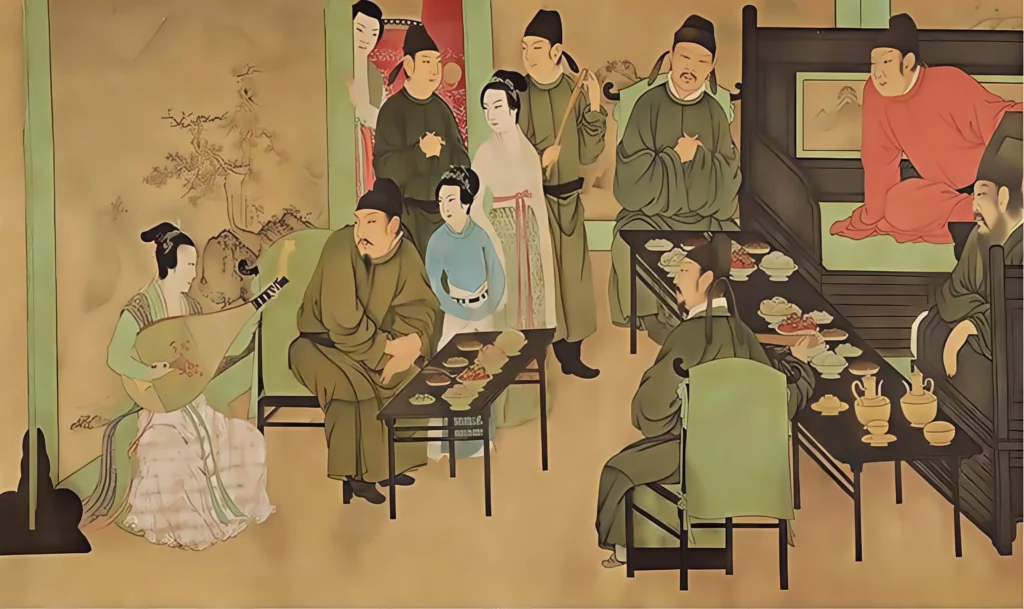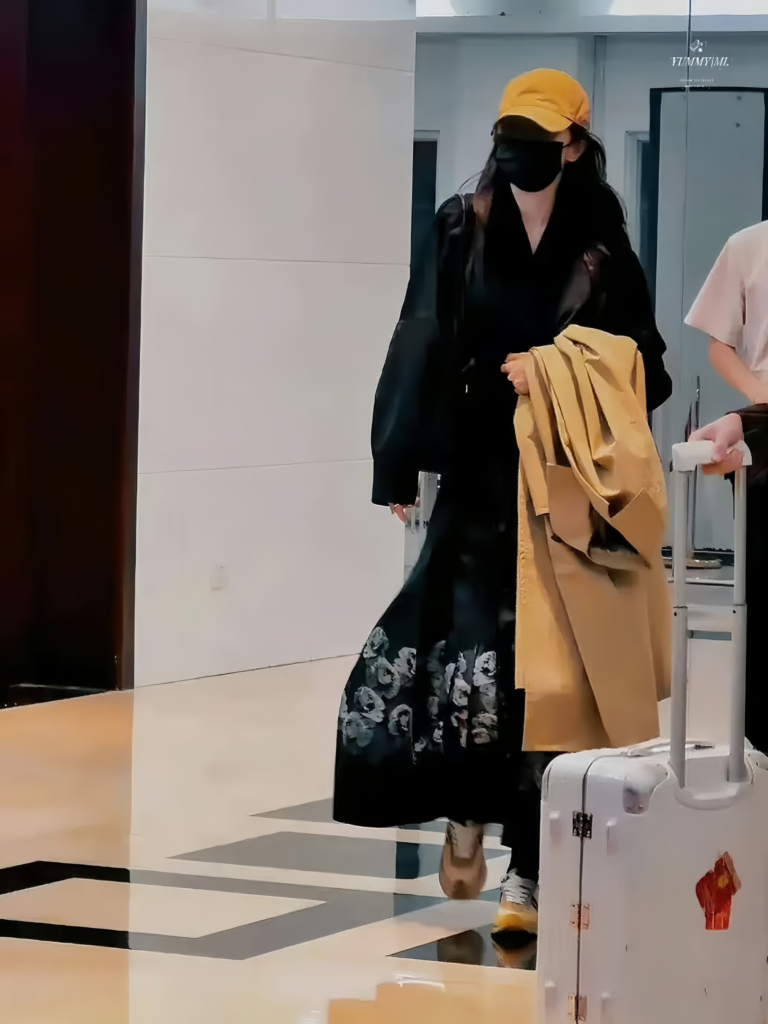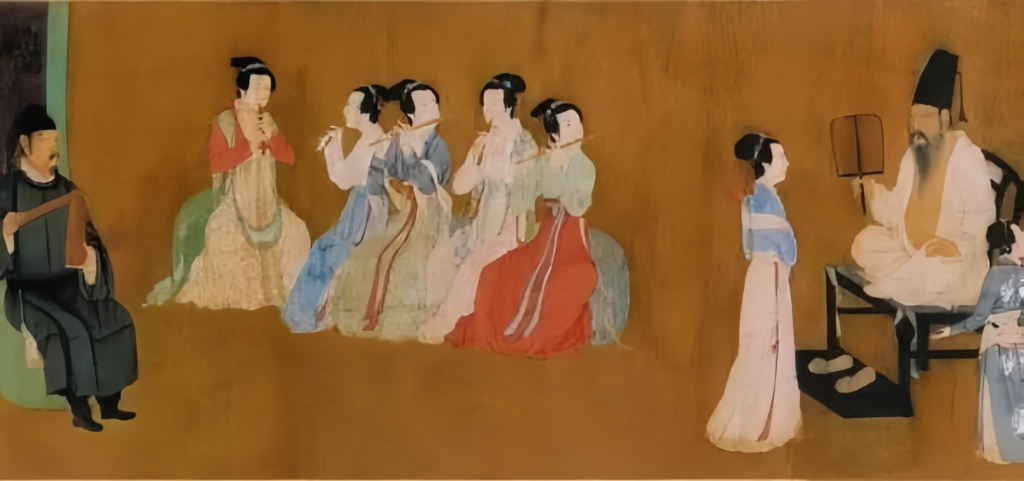The Symbol of the Han People: A Super Brief History of Hanfu

Hanfu, the essence of Chinese traditional clothing, embodies the Huaxia identity and showcases the rich cultural heritage of the Han people. As Kong Yingda noted in Chunqiu Zuozhuan Zhengyi, “China is called Xia for its grand rituals and Hua for its beautiful clothing.” This article explores the dynasty fashion of Hanfu, tracing its evolution from Western Zhou to Ming, a journey of pride and elegance. Learn more about Hanfu’s historical significance at China’s Cultural Heritage.
This overview simplifies key shifts—for deeper analysis, consult our [detailed Hanfu guide].
Wudaojun Says:
What’s Huaxia? Kong Yingda in Chunqiu Zuozhuan Zhengyi put it like this: “China is called Xia for its grand rituals and Hua for its beautiful clothing.” Hanfu is a core part of this Huaxia identity.

In our long lives, lots changes, but just like our yellow skin, the Chinese language, and Chinese characters stay constant, Hanfu is a symbol of the Han people, shouting loud and proud that we’re Huaxia, we’re Chinese.
The hot drama Qing Ping Le has folks buzzing about its outfits—Song Renzong and officials in round-collar robes, women in beizi jackets and chest bands. Some say, “That’s our Song dynasty style!” But that’s just one branch of Hanfu. Let’s rewind to earlier dynasties and talk about the Han people’s clothing—Hanfu.


Hanfu in Western Zhou: Early Cultural Heritage
Women’s Hanfu: Pure White Elegance
The Western Zhou’s Book of Songs captures poems people loved singing, and through them, we see Hanfu’s early beauty.
“Graceful like clouds” and “women like clouds” describe women’s clothes as pure white, like fluffy clouds. “White silk dress, gray-green scarf, joyfully pleasing me”—gao (white silk) was undyed fabric, qi was grayish-green. And “blue-green collar, lingering in my heart” refers to blue-dyed cloth.
Western Zhou loved natural beauty, especially women in white gauze for sacrifices or weddings—simple and stunning.

Men’s Hanfu: Bold Red Dynasty Fashion
GlamHere’s the fun part: men went bold with red outfits and even red makeup! They rocked “red robes with golden shoes,” and warriors’ armor was dyed red. “Bright yellow hues” and “flowery splendor” describe men’s faces glowing rosy like flowers.
Ma Fenghua says: “This was an era of vibrant men’s fashion and plain women’s wear.”

Hanfu in Han Dynasty: Heart-Shaped Cultural Heritage
Ru Skirts: Iconic Chinese Traditional Clothing
Han clothing was diverse, with Ru skirts (top and skirt combos) as the star. The beauty Qin Luofu loved “yellow silk skirt, purple silk Ru top.” The egg-yolk skirt paired with a purple short top was a vibe.
The cross-collar right-lap style formed a “Y” or heart shape at the chest when layered, a look that lasted through Song and Ming. Poet Yan Jidao swooned over his crush in a “double heart-shaped silk top.”


Deep Robes: Prestigious Dynasty Fashion
The deep robe was an ancient, prestigious style—curved-hem or straight-hem versions. It joined top and skirt to wrap the body, like a modern long dress but way fancier. Nobles and concubines wore it, with 12 panels symbolizing the months, round sleeves for the heavens, and a square collar for the earth—think “heaven round, earth square.”

Poets called it “sleeves shading like trees”—sleeves over a foot wide, the body wrapped like a cocoon, loose and flowy. These appeared in the Warring States but faded after Han (based on current records).


Open-Crotch Underpants
Inside deep robes, people wore jingyi pants—basically open-crotch underwear (yep, “underwear” just meant inner layers back then).

Showing these pants was a no-no, so deep robes were made extra roomy to cover everything.


Hanfu in Wei, Jin, Southern, and Northern Dynasties: Free-Spirited Fashion
Underwear as Outerwear: Bold Cultural Heritage
Wars sparked two clothing revolutions. In the Warring States, King Zhao Wuling’s “Hu clothing for riding and shooting” swapped wide robes and big sleeves for tight-sleeved shirts and long pants, inspired by northern nomads, making fighting on horseback easier. Civilians caught on too.
In the Wei, Jin, and Southern-Northern Dynasties, endless wars left marks on fashion. “New shirt with embroidered crotch panels, tucked in a silk skirt”—those crotch panels were underwear, but people noticed soldiers’ armor looked similar, so they started wearing underwear outside, like layering a long shirt under a short vest today. Women led this bold trend, and Sou Shen Ji called it a “sign of Jin’s chaos.”

Wei-Jin Style: Carefree Dynasty Fashion
Zong Baihua said: “The Wei-Jin period was politically chaotic and socially painful, yet spiritually free, wise, and passionate.” With death looming, people lived for the moment, and fashion got wildly carefree. Jin Shu notes: “Jin’s end saw small caps and oversized robes.”


Sleeves were so wide they nearly touched the ground, fabrics soft and thin, with long sashes at the waist. Walking, sleeves and sashes floated like a breeze. Some, like the Seven Sages of the Bamboo Grove, even left their collars open for that rebellious vibe.


Hanfu in Tang Dynasty: Vivid Dynasty Fashion
Chest-High Skirts: Bold Chinese Traditional Clothing
If a dynasty had a color, Tang would be vivid red and green. In Duchess Guo’s Spring Outing, women wore striped red-and-green dresses, a classic Tang combo with contrasting top-bottom colors—orange tops with blue skirts, green tops with yellow skirts, in red, orange, yellow, green, blue, or white. Tang women chased unique looks, like avoiding outfit clashes today.


Chest-High Ru Skirts and Hezi Skirts
In Pounding Cloth Painting, women wore chest-high Ru skirts, with skirts tied at the chest. Hezi skirts started as chest bands sewn to skirts, becoming a light dress. In summer, they layered a sheer wide-sleeved shirt.


Ladies with Flower Hairpins shows nobles in hezi skirts. Meng Haoran wrote: “Sitting, her sash brushes fine grass; walking, her skirt sweeps fallen plums.” Skirts dragged on the ground, sweeping petals.
Legend says during a Flower Festival, women hung their wide-sleeved shirts on branches, creating a curtain of fabric while they chilled in the grass, playing with flowers.


Women in Men’s Hu Clothing
New Tales of the Tang tells of a rich man kidnapped by Hu people, but catching them was tough because “Hu wore Han clothing, and Han wore Hu clothing.” By mid-Tang, men and women loved Hu-style outfits. Women especially wore unchanged Hu clothing, riding horses and rocking Hu veils—trendy and dust-proof.

Hanfu in Song Dynasty: Subtle Cultural Heritage
A Touch of Moonlight
Song fashion ditched Tang’s bold colors for subtle shades, especially white—think pale white, bluish-white, or pinkish-white. Ge Zhaoguang said: “The Song dynasty is like moonlight just shy of full.”
In Qing Ping Le, Song Renzong often wears white round-collar robes in court, not plain but woven with colored threads for layered patterns, giving white depth. This was “noble but not flashy,” reflecting inner refinement.

Beizi, the Slimmest Outfit
The Beizi was the Song women’s daily go-to, a narrow-sleeved jacket in knee-length or ankle-length versions. A poem goes: “Narrow silk shirt, thin silk skirt, tiny waist.” Worried about mobility? No need—high side slits up to the waist made it easy to move, giving a tall, slender look.

Beizi kept it simple, with light fabric patterns and delicate collar accents, like Empress Cao’s pearl-edged Beizi in Qing Ping Le.


Center Seam for Poise
Check Song Renzong’s portrait: a straight line down the chest, a seam joining two fabric pieces (modern clothes have it on the sides). Called the “center seam”, Liji Shenyifu says: “A straight back seam and square collar symbolize fair governance and justice.”
It helped align the robe properly, reminding wearers to stand tall and act upright.

Ming Dynasty
Fashion Rebellion
Early Ming was all about simplicity. Scholars, commoners, or students wore plain cloth robes for school or strolls. Even rich families saved fancy outfits for big events like sacrifices, then tucked them away.

But post-Cheng Hua, people craved luxury. In The Plum in the Golden Vase, Ximen Qing’s broke buddy Chang Shijie gets 12 taels of silver and immediately buys his wife silk and satin ao skirts for winter.
Scholars’ square scarves got jade studs. Shoes flashed red, purple, yellow, or green, though laws banned commoners from “yellow or black.” Wealthy merchants started using forbidden silk and gauze.

It’s Not About Looks, It’s About Price
Women wore wotuo’er, a forehead ornament (like Wang Xifeng’s in Dream of the Red Chamber). It wasn’t for warmth or beauty but to flaunt pricey furs and pearls.


Trendy Vibes
Fashion flipped fast:
- Vests: Sleeveless long shirts, way longer than modern vests.

- Stand-Collar Shirts: Wrapped the neck, fastened with gold or jade buttons—not for strict etiquette, just pure trendiness.

- Quirky Outfits: In winter, Beijing men wore high-brimmed fur hats (Hu hats) made of mink or fox. Women sported pointed fur shawls (Zhaojun hats).

This is the Hanfu journey from Western Zhou to Ming.Of course, clothing styles are vast and can’t all be covered. But through these glimpses, we see each dynasty’s vibe—natural, lavish, or refined, each uniquely charming.One thing’s clear: Hanfu, like the Chinese language and characters, defines us as Huaxia people, as Chinese.

Notes:
Traditional clothing is ancient, so Wudaojun uses modern terms for clarity.
Fashion reflects its era; this covers only the “trendy” styles of the time.
Each dynasty’s clothing has distinct traits, drawn from historical records, with no judgment intended.





Responses